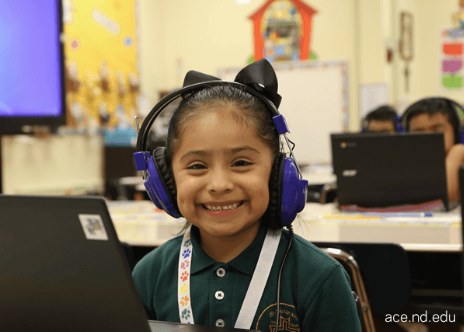Article:
In 2025, educational success is increasingly defined by how well schools adapt to the diverse needs of students. Personalized learning, supported by flexible curriculum design, plays a key role in this shift. By allowing for varied pathways, instructional methods, and pacing, educators are creating learning experiences that are responsive, inclusive, and student-driven.
Why Curriculum Flexibility Matters
Traditional curricula often follow rigid sequences that may not suit all learners. Curriculum flexibility allows educators to adjust content, resources, and timelines based on student readiness, interests, and learning styles. This responsiveness is essential to meet students where they are and help them reach where they need to go.
Aligning Learning with Student Interests
Flexible curricula make it easier to integrate student interests into academic content. For example, a student passionate about environmental science might explore algebra through real-world data on climate trends. Personalizing content helps students make meaningful connections and stay more engaged in their learning.
Supporting Differentiated Instruction
Curriculum flexibility empowers teachers to modify instruction and assessments for varied learner profiles. It supports the use of tiered assignments, varied reading levels, and alternative formats for demonstrating understanding. These practices help ensure that all students are challenged and supported appropriately.
Encouraging Pacing That Fits the Learner
In a flexible curriculum, students can move ahead when ready or spend additional time on difficult topics. This prevents boredom for advanced learners and provides necessary reinforcement for others. Personalized learning platforms help track progress and provide feedback, making individualized pacing manageable for educators.
Integrating Cross-Curricular Connections
Flexible curricula allow for interdisciplinary learning, where subjects like math, science, and literacy are integrated into unified projects. This not only deepens understanding but also reflects how knowledge is applied in the real world. Personalized learning encourages students to explore these connections based on their own curiosities and goals.
Maintaining Academic Standards with Adaptability
Personalization doesn’t mean lowering expectations. Flexible curricula still align with academic standards but provide multiple pathways to meet them. Teachers can design diverse instructional strategies that ensure all students are achieving high-quality outcomes.
Conclusion
In 2025, the combination of personalized learning and curriculum flexibility is creating classrooms that are more adaptive, engaging, and effective. By honoring student diversity and providing choices in how, what, and when they learn, educators are building a more inclusive and forward-thinking education system. Curriculum flexibility ensures that learning is not only rigorous but also relevant and responsive to every student’s unique journey.














